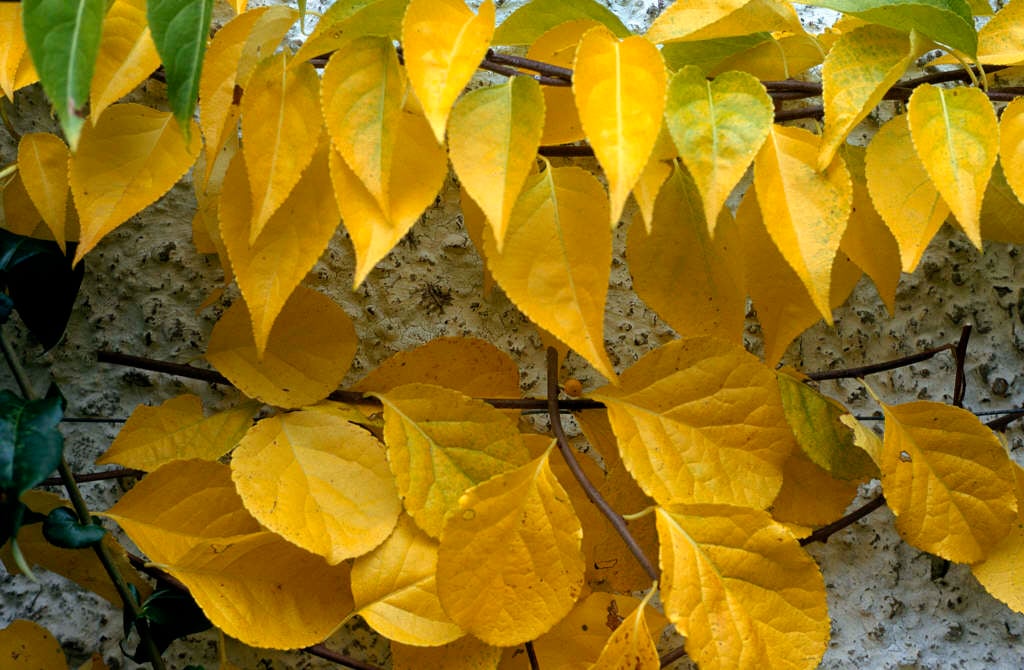Celastrus scandens
American bittersweet
A strong-growing deciduous climber with ovate leaves and clusters of small greenish-yellow flowers followed by clusters of orange-yellow fruits which split to show the scarlet seeds
Other common names
climbing bittersweetDavid's root
see morefalse bittersweet
fever twig
staff tree
waxwork
bittersweet
staff vine

Buy this plant
Size
Ultimate height
8–12 metresTime to ultimate height
10–20 yearsUltimate spread
4–8 metresGrowing conditions
Moisture
Well–drainedpH
Acid, Alkaline, NeutralColour & scent
| Stem | Flower | Foliage | Fruit | |
| Spring | Green | |||
|---|---|---|---|---|
| Summer | Green Yellow | Green | ||
| Autumn | Yellow | Orange Yellow | ||
| Winter |
Position
- Full sun
- Partial shade
Aspect
South–facing or West–facing or East–facing or North–facing
Exposure
Exposed or Sheltered Hardiness
H7Botanical details
- Family
- Celastraceae
- Native to GB / Ireland
- No
- Foliage
- Deciduous
- Habit
- Climbing
- Potentially harmful
- Harmful if eaten. Wear gloves and other protective equipment when handling Pets (dogs, cats): Harmful if eaten - see the HTA guide to potentially harmful plants for further information and useful contact numbers
- Genus
Celastrus are fast-growing deciduous, rarely evergreen, climbers with scandent or twining stems bearing alternate leaves and inconspicuous greenish flowers followed by attractive fruits. Male and female flowers are often borne on separate plants
- Name status
Correct
- Plant range
- N America
How to grow
Cultivation
Prefers full sun and a well-drained soil
Propagation
Propagate by softwood cuttings or root cuttings
Suggested planting locations and garden types
- Wall side borders
Pruning
Pruning group 11 in late winter or early spring
Pests
Generally pest-free
Diseases
Generally disease-free
Love gardening
Sign up to receive regular gardening tips, inspiration, offers and more
View our Privacy Policy
Get involved
The Royal Horticultural Society is the UK’s leading gardening charity. We aim to enrich everyone’s life through plants, and make the UK a greener and more beautiful place.